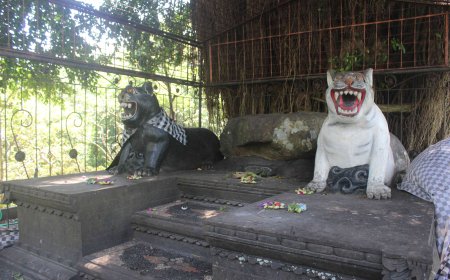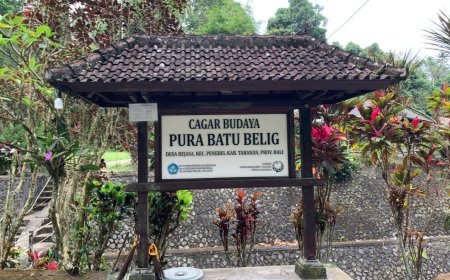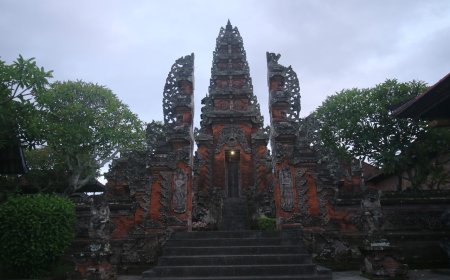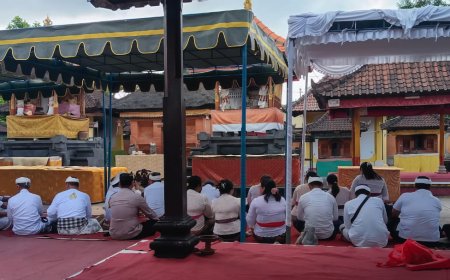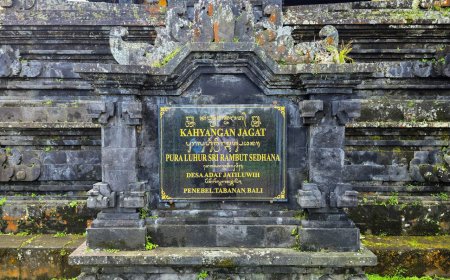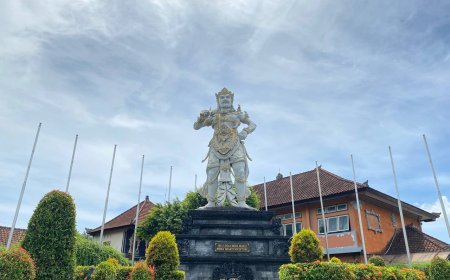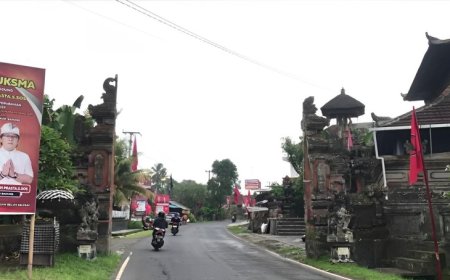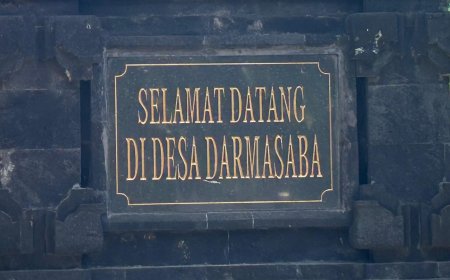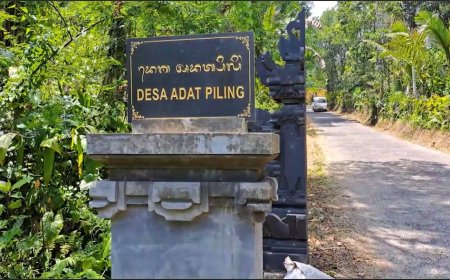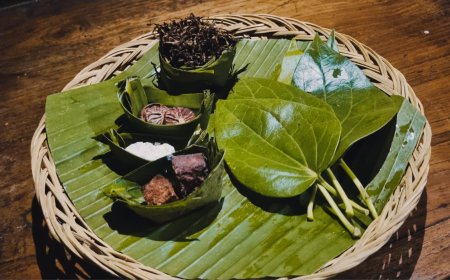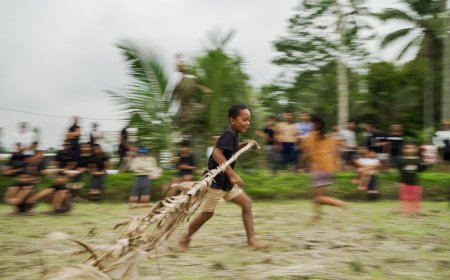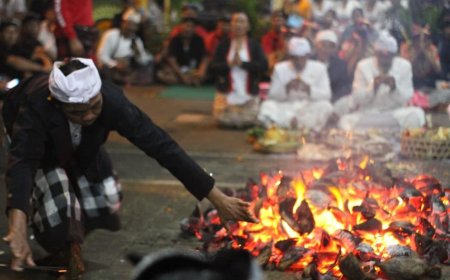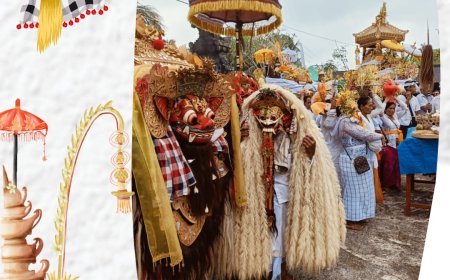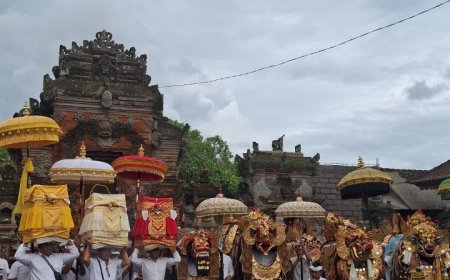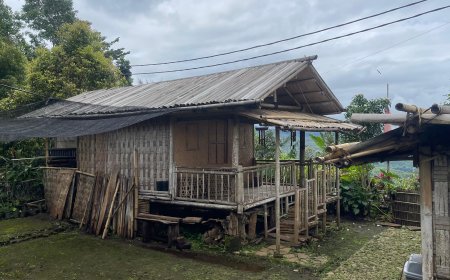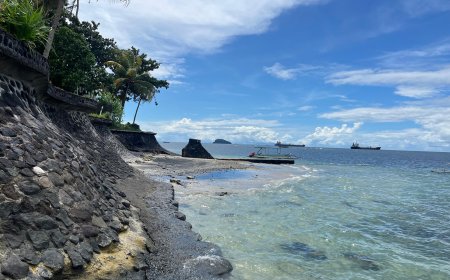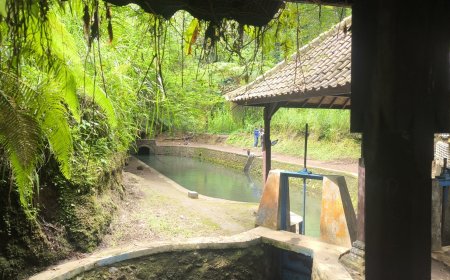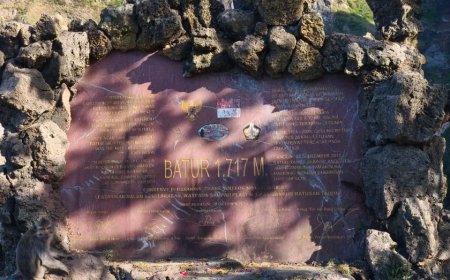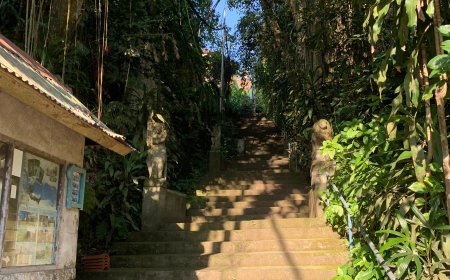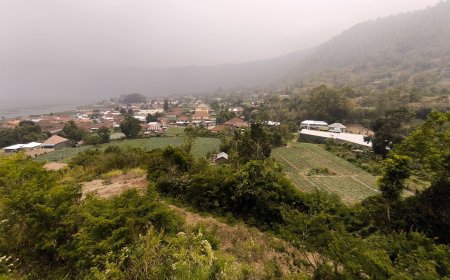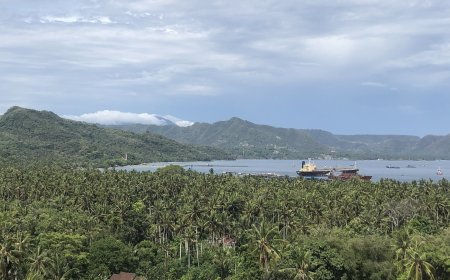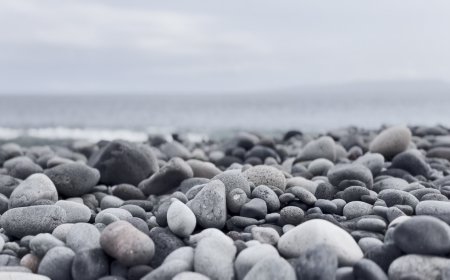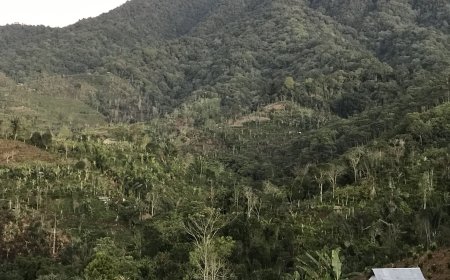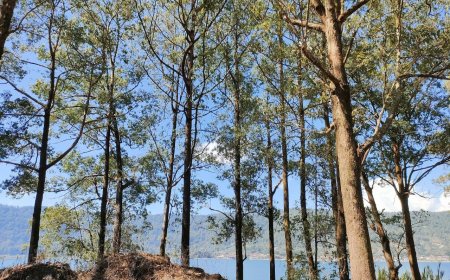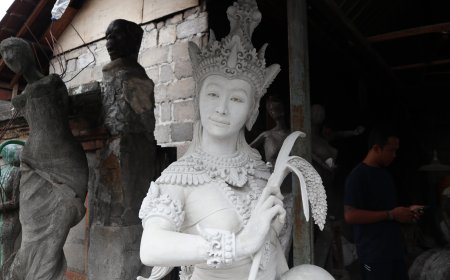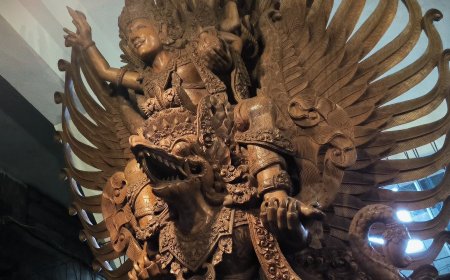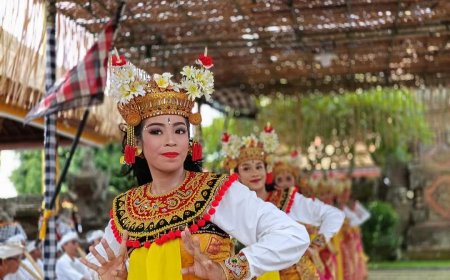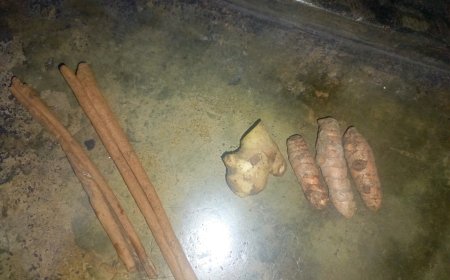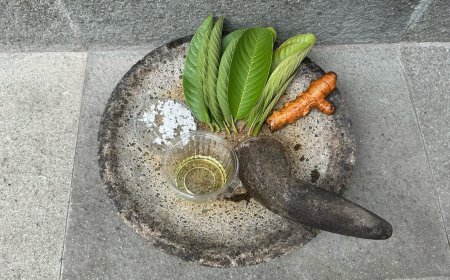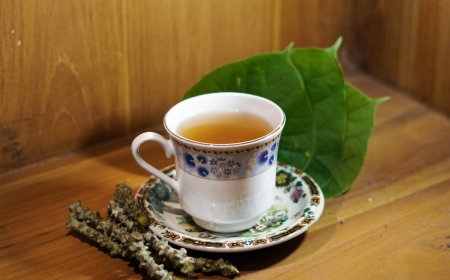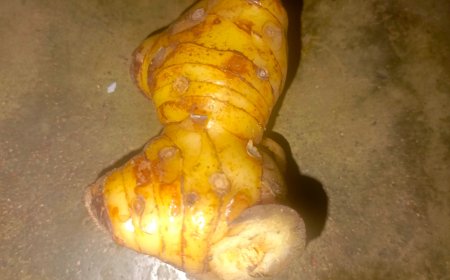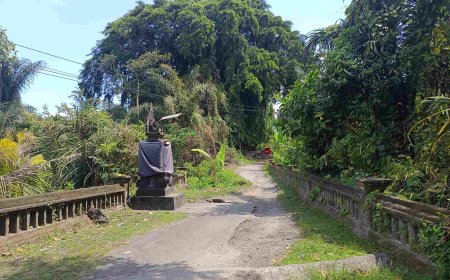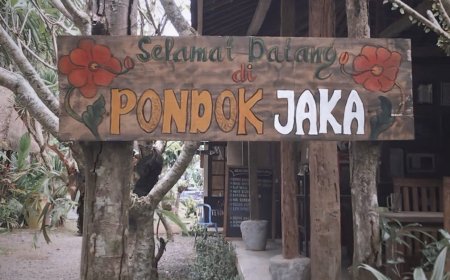The Unique Kitchen Layout of Wongaya Gede Village
Paon (traditional Balinese kitchen) holds a sacred role in traditional Balinese architecture, typically placed in the Nista zone (south) according to the Sanga Mandala concept due to its association with Dewa Brahma as the god of fire. However, Wongaya Gede Village shows uniqueness by placing the kitchen in the northern section, which, although different from the common concept, still maintains sacred and spiritual values in its traditional architectural practices.

In traditional Balinese architecture, the kitchen, known as "Paon," plays a vital and sacred role in community life. Paon is not merely a cooking space but rather a room that holds deep philosophical values in Balinese architectural concepts. In traditional Balinese spatial planning known as Sanga Mandala (nine-zone division), the kitchen is typically placed in the Nista zone located in the southern part of the house complex. This southern placement of the kitchen carries deep philosophical meaning, closely tied to Balinese Hindu beliefs. This position is related to the presence of Dewa Brahma as the god of fire who is believed to reside in the southern direction. Kitchen fire is considered a manifestation of Dewa Brahma's power in daily life, playing a role in transforming raw materials into consumable food. Moreover, although the kitchen is categorized as an "unclean" area due to food processing activities, it is still considered sacred and holds high spiritual value.
However, an interesting uniqueness is found in Wongaya Gede Village, where the kitchen layout is actually located in the northern part of the house. This northern placement of the kitchen demonstrates that in practice, traditional Balinese architecture can adapt to local conditions and needs without losing its sanctity essence and spiritual function. Based on an interview with the Village Head (Perbekel) of Wongaya Gede, retired Lieutenant Colonel I Nengah Bagiada, he stated that "Actually, there is no inscription that officially declares that the kitchen must be placed in the north," he explained.

Village Head (Perbekel) of Wongaya Gede (Source: Interview Results)
Although there is no inscription regulating it, the placement of kitchens in the north in Wongaya Gede Village is believed to have several reasons related to practical aspects, such as better air circulation, smoke flow following wind direction, and optimal lighting for cooking activities. From a traditional belief perspective, orientation towards the sacred mountain, the kitchen's function as a place for preparing offerings, and protection of food from negative energy are important considerations. Philosophical values such as respect for Dewi Sri as the Goddess of prosperity, the Tri Mandala concept in spatial division, and adaptation of local genius in traditional architecture are also factors influencing this placement.
The unique kitchen layout in Wongaya Gede Village proves that traditional Balinese architecture is dynamic and adaptive. Although there is no inscription that officially regulates it, this practice has been passed down through generations and accepted by the local community. This shows that local wisdom can develop according to the practical needs of the community, without always being bound by written rules. This phenomenon also teaches us that in understanding traditional architecture, we need to view it not only in terms of rules and norms but also from the perspective of practical needs and local adaptations that develop within the community. As stated by retired Lieutenant I Nengah Bagiada, some traditional practices may be more a result of ancestral interpretation and adaptation to their environmental conditions, rather than rules established in inscriptions.
